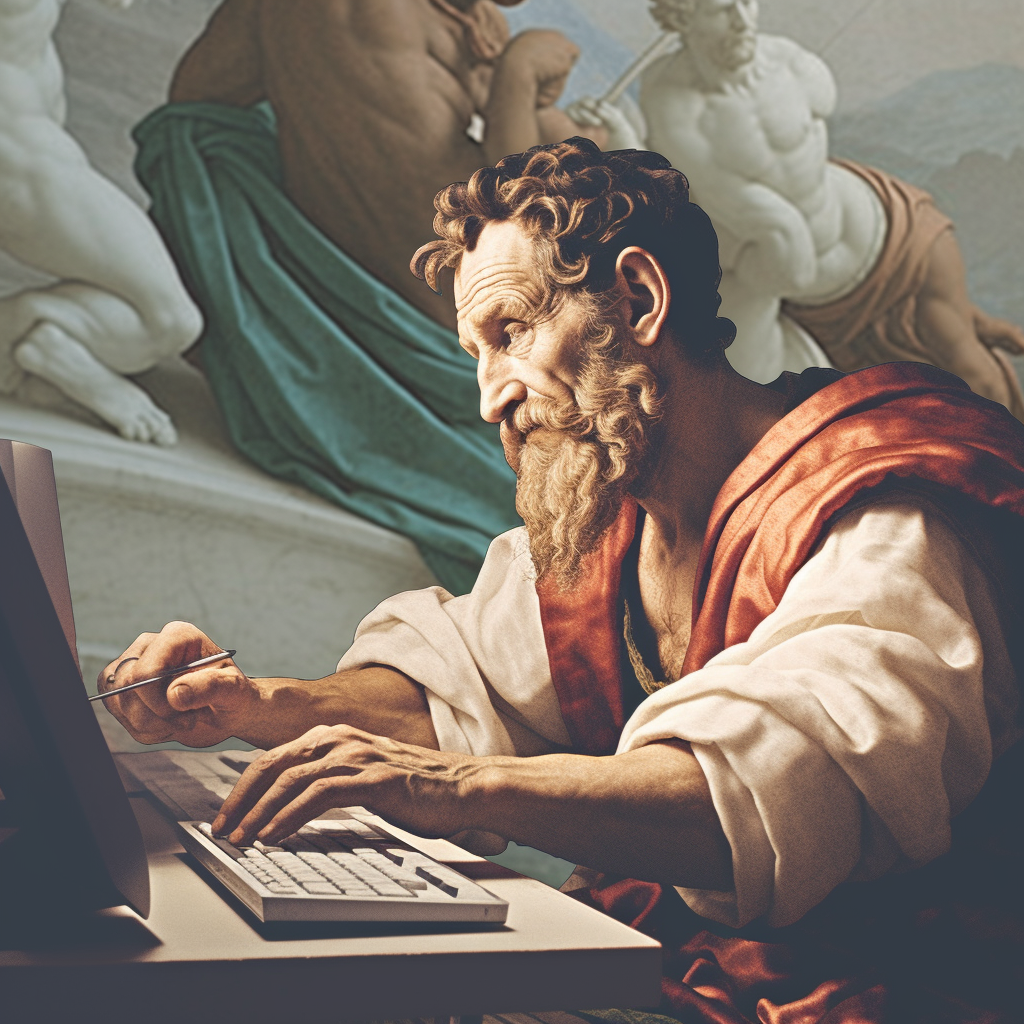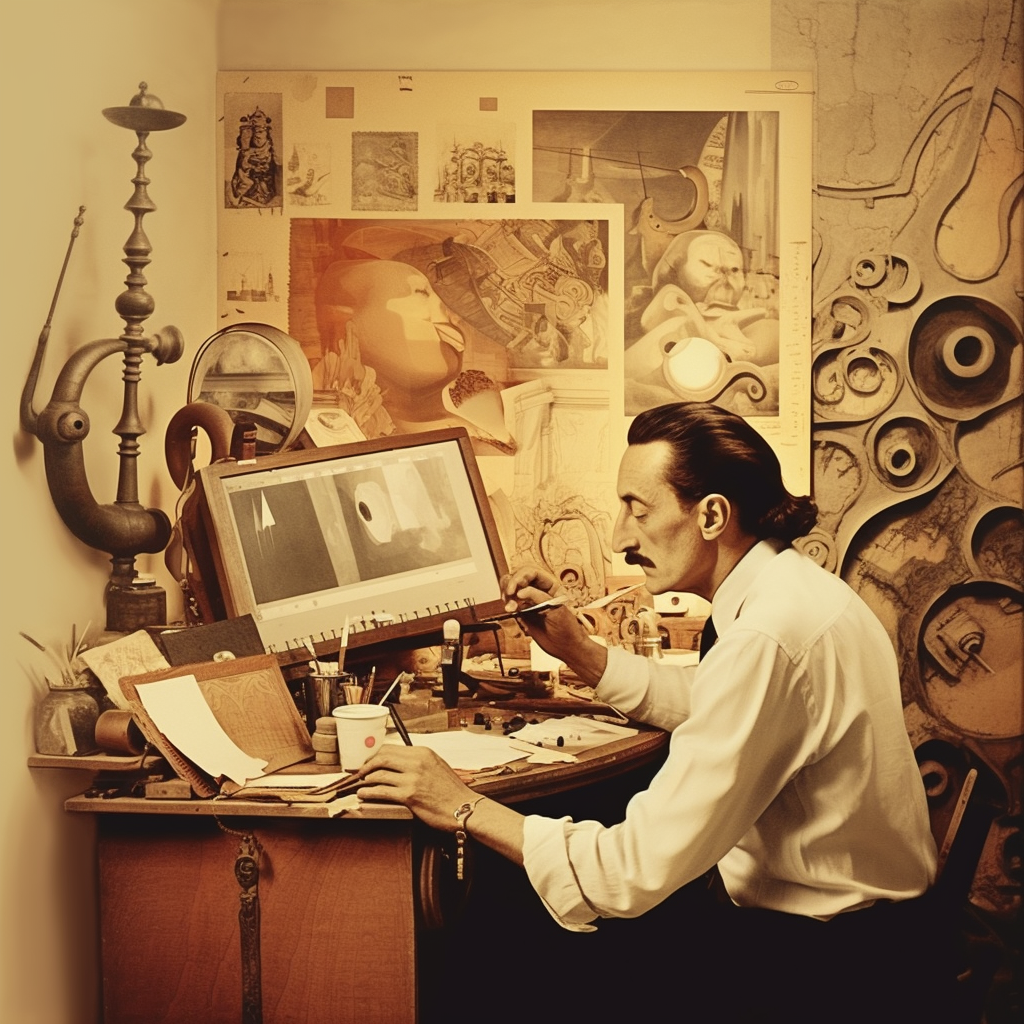In 2025, artificial intelligence is no longer a futuristic concept—it’s a living, breathing partner in creativity. From fashion houses to tech startups, brands are using AI-generated art to tell stories that feel more human, emotional, and unforgettable. This fusion of technology and creativity is reshaping how companies express identity, connect with audiences, and even define their values.
The New Era of Brand Expression
For decades, visual identity was designed manually—crafted by designers, photographers, and creative teams. Now, AI tools such as Midjourney, Runway, DALL·E 3, Leonardo.ai, and Stable Diffusion are giving marketers superhuman abilities. A single sentence prompt can generate an entire visual universe—style-consistent, emotionally powerful, and ready for global campaigns in minutes.
Brands once spent weeks mood-boarding; today, they can create 100 creative variations in seconds. This shift democratizes design while also pushing professionals toward a higher level of storytelling—where the question isn’t “What can we make?” but “What should we say?”
From Concept to Campaign: AI as the Creative Partner
Modern marketing thrives on speed, emotion, and personalization. AI-generated visuals help brands achieve all three. Here’s how:
- Rapid Ideation: Creative teams can generate dozens of visual concepts before choosing a direction. This accelerates brainstorming and unlocks more diverse ideas.
- Style Consistency: AI tools learn brand palettes, typography, and tone.keeping every asset aligned with the company’s identity.
- Localization: Global brands can produce visuals tailored to regional aesthetics without redesigning everything from scratch.
- Emotional Targeting: By analyzing audience data, AI can generate visuals that resonate with specific moods—joy, ambition, nostalgia, or innovation.
The result? Campaigns that feel deeply human—despite being generated by machines.
Why AI Art Connects Emotionally
People don’t connect with brands; they connect with stories. And stories live through emotion. AI tools trained on billions of images can now translate emotion into color, composition, and movement. A simple brief like “hopeful sunrise over a digital city” becomes a cinematic metaphor for progress and renewal. This emotional depth makes AI art a powerful ally for brand storytelling.
When used strategically, AI visuals don’t replace designers—they amplify their vision. Designers become “creative directors of algorithms,” guiding the machine to express the brand’s unique soul.
Real-World Examples: How Brands Use AI-Generated Art
Several leading brands are already integrating AI art into campaigns:
- Prada × Midjourney: Using AI to create surreal cityscapes merging architecture and fashion, representing the brand’s forward-thinking identity.
- Spotify Visual Loops: Artists use AI to turn soundwaves into living art, enriching the listening experience.
- Nike Concept Studios: Experimental ads built on AI-driven motion art showcasing energy, diversity, and speed.
- Small businesses: E-commerce founders use AI-generated product scenes, replacing costly photo shoots while maintaining high aesthetic value.
Each example shows how AI art bridges imagination and brand message—a connection once limited by budgets or production time.
Ethics, Authenticity, and the Human Touch
As AI reshapes creative industries, ethical questions arise: Who owns AI-generated artwork? What about artists whose styles inspire datasets? Transparency is becoming a new pillar of trust. Leading marketers now disclose when visuals are AI-assisted, framing it as a tool—not a substitute for human imagination.
Authenticity still matters more than novelty. Audiences reward sincerity and purpose over perfection. Brands that use AI responsibly—showing the human hand behind the algorithm—build deeper credibility.
“AI is a brush, not the painter.” — Aidin Shad
SEO Benefits of AI Art in Content Marketing
Beyond visuals, AI art can directly improve SEO and engagement metrics. Unique, emotionally resonant images reduce bounce rate, increase shareability, and enhance on-page experience—all ranking signals Google values. Adding alt text and metadata around AI images further strengthens organic visibility.
Integrating visuals with AI-written captions and schema markup helps search engines understand context—whether it’s an art piece, product shot, or storytelling image. For example, an AI-generated image of “futuristic Istanbul skyline in watercolor style” can attract both art enthusiasts and tech readers searching for AI creativity trends.
Practical Steps to Integrate AI Art in Your Brand Storytelling
- 1. Define Your Narrative: Before generating visuals, clarify your brand’s core emotions—hope, innovation, freedom, or luxury.
- 2. Choose the Right Tools: Experiment with Midjourney for surreal aesthetics, Runway for motion content, and Leonardo for product-realistic visuals.
- 3. Maintain Human Curation: Always review and refine outputs. AI can generate thousands of images, but brand alignment requires human taste.
- 4. Optimize for SEO: Compress image size, use descriptive filenames, and craft meaningful
alttext. - 5. Combine AI + Copy: Match visuals with emotionally aligned storytelling for social media, blogs, and landing pages.
Following these steps ensures your brand uses AI as a creative partner rather than a gimmick.
The Rise of AI Brand Aesthetics
We’re entering a time when audiences can recognize an AI aesthetic—dreamlike gradients, abstract geometry, and cinematic lighting. Instead of hiding it, successful brands embrace this style, making it part of their identity. “AI-aesthetic branding” is already visible in sectors like fintech, luxury fashion, and digital art collectives.
These visuals create instant association: futuristic, intelligent, and emotionally rich. The key is to use them with intention—blending machine precision with human storytelling.
AI Art and the Creator Economy
Independent creators, musicians, and influencers now use AI art to strengthen personal branding. For example, a DJ can visualize each track with dynamic AI visuals that match mood and tempo. An online coach can design digital posters for each lesson using customized prompts. This accessibility turns every entrepreneur into a mini creative studio.
Platforms like Instagram, Behance, and Pinterest reward visual originality. AI art gives creators the edge to stand out in saturated feeds—especially when combined with authentic captions and educational storytelling.
Future Trends: What’s Next in AI-Driven Storytelling
The evolution doesn’t stop at static art. Expect to see:
- Real-time Generative Ads: Campaigns that morph visuals based on viewer data and emotion detection.
- 3D & Mixed Reality Integration: AI art projected into AR/VR environments for immersive storytelling.
- Voice + Vision Fusion: AI systems combining spoken words with generative visuals for interactive brand experiences.
- Ethical Datasets: New platforms focusing on transparent, artist-consented data to ensure fairness.
These innovations point toward a future where storytelling becomes a living conversation between brands and audiences.
How to Keep Your Brand Human in an AI World
As automation grows, the human voice becomes your biggest differentiator. Use AI to amplify creativity—but anchor it in empathy. Behind every campaign, show the people, the passion, and the purpose driving your vision.
When audiences feel your authenticity, they don’t just view your AI art—they believe your story.
Final Thoughts
AI-generated art isn’t the end of human creativity—it’s the next chapter. The fusion of algorithmic intelligence and emotional intuition allows brands to craft stories at the speed of imagination. Whether you’re a global company or an independent creator, embracing AI art opens infinite possibilities to inspire, connect, and evolve.
In the end, technology doesn’t replace storytellersit multiplies their reach.


